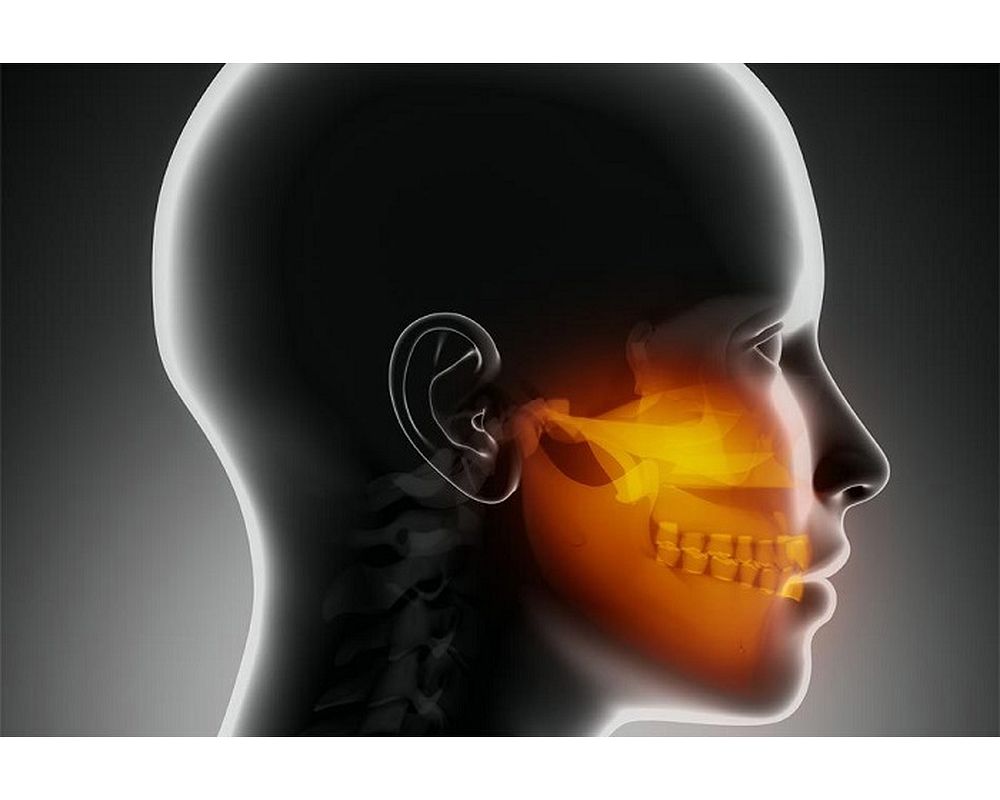Pulp therapy in pediatric dentistry is responsible for treating the neurovascular bundle of a tooth that has suffered some trauma or an infectious process. The objective of the treatment is to maintain the primary tooth until its natural exfoliation, avoiding problems of malocclusion and dental malposition.
We invite you to our English-only dental publishing groups
🎯 WhatsApp Group All Odontology
🎯 Telegram Group All Odontology
🎯 Facebook Group All Odontology
The success of the treatment is based on an early diagnosis and an efficient treatment. Currently we can find biocompatible materials that ensure good treatment.
Advertisement
Within pulp therapy we can find treatments such as pulpectomy pulpotomy and pulp coverings. The choice of each of them depends on the clinical and radiographic evaluation of the dentist.
We share a work that reviews and discusses the new concepts in the preservation of dental pulp, as well as the new biomaterials for these treatments that aim at the induction of dentin formation.
You may also like :
► Pediatric Zirconia Crown Technique - Anterior and Posterior
► Preformed crowns for decayed primary molar teeth (Review)
► Crowns in Pediatric Dentistry: A Review




















